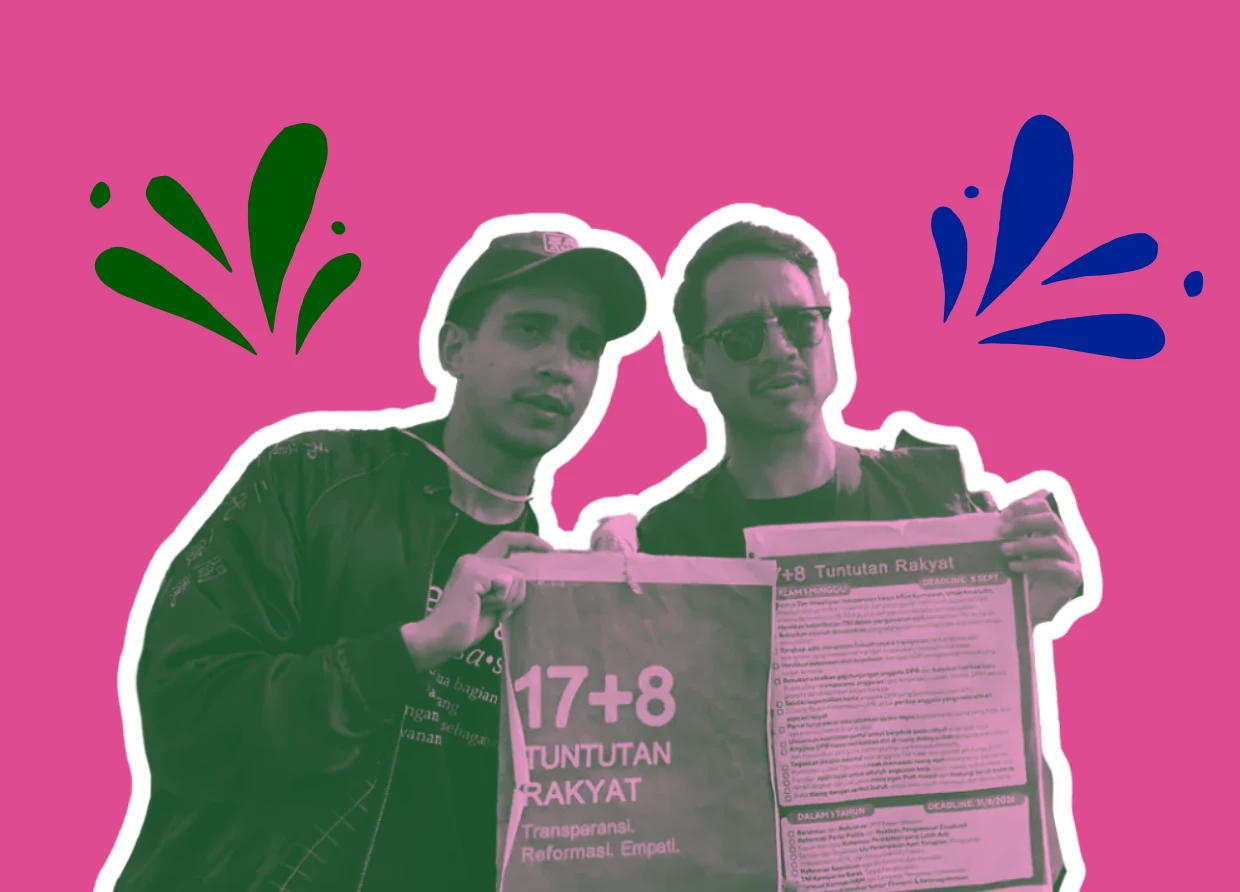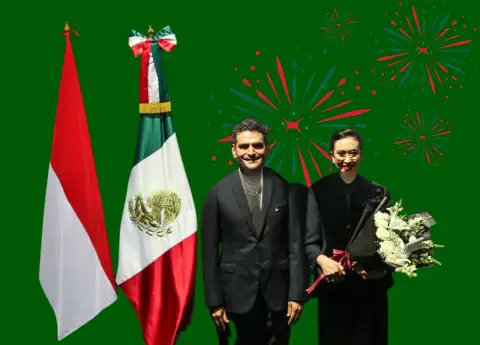CAN THE PRESIDENT REALLY SHUT DOWN INDONESIA’S PARLIAMENT? THE TRUTH BEHIND THE DRAMA
From Sukarno’s bold moves to Gus Dur’s controversial decree—here’s why today’s Constitution says “no way” to dissolving the DPR.

If you’ve ever scrolled through political debates online, you’ve probably seen the hot take: “Just dissolve the DPR!” Sounds dramatic, right? But is it even possible for a president to actually pull the plug on Indonesia’s House of Representatives?
Turns out, history shows it has happened—well, at least attempts were made. And the story behind it is wilder than you might think.
When Sukarno Said “Goodbye, DPR”
Back in the late 1950s, President Soekarno wasn’t exactly thrilled with how Parliament was doing its job. After the DPR rejected the government’s budget plan, Sukarno basically decided: enough was enough. In 1960, he dissolved the DPR that came from Indonesia’s first-ever election and replaced it with a new body, DPR-GR.
This wasn’t just a political shuffle. It was part of Sukarno’s bigger vision of “Demokrasi Terpimpin” (Guided Democracy). The message was clear: when Parliament didn’t follow his direction, he wasn’t afraid to hit reset.
Gus Dur Tried It Too
Fast forward to the early 2000s. President Abdurrahman Wahid—famously known as Gus Dur—found himself in constant clashes with Parliament. After cutting government departments and issuing policies that rattled lawmakers, things heated up.
At the peak of the tension, Gus Dur dropped the ultimate bombshell: he announced a decree to dissolve both the DPR and the MPR, aiming to return sovereignty to the people. Bold move—but it backfired. Instead of the DPR disappearing, it was Gus Dur who ended up being impeached. Megawati Soekarnoputri took over the presidency soon after.
Can It Happen Today?
So here’s the plot twist: under the current Constitution, the answer is a flat-out no. Thanks to the amendments of the 2000s, Article 7C of the 1945 Constitution now explicitly says:
“The President cannot dissolve and/or suspend the DPR.”
That’s it. No loopholes, no secret buttons to press. Unlike in a parliamentary system where leaders might dissolve Parliament to trigger elections, Indonesia’s presidential system locks Parliament in place.
Why the DPR Is “Untouchable”
The Constitution doesn’t just ban the president from shutting down Parliament—it makes the DPR powerful enough to hold the president accountable. If lawmakers believe the president has seriously violated the nation’s direction, the MPR can step in and demand answers. In other words, the DPR is designed to outlast presidential drama, not the other way around.
The Takeaway
So, the next time someone casually suggests “just dissolve the DPR,” you’ll know it’s not that simple. Sure, history has seen presidents try, but today’s system has put up strong guardrails. Love it or hate it, the DPR isn’t going anywhere—unless you, the voters, decide its fate in the next election.



























